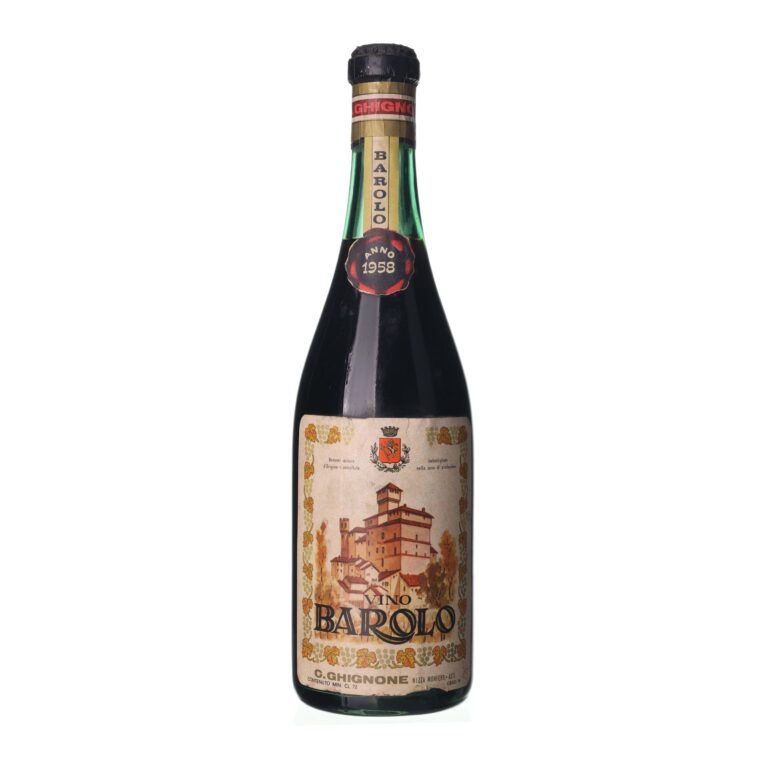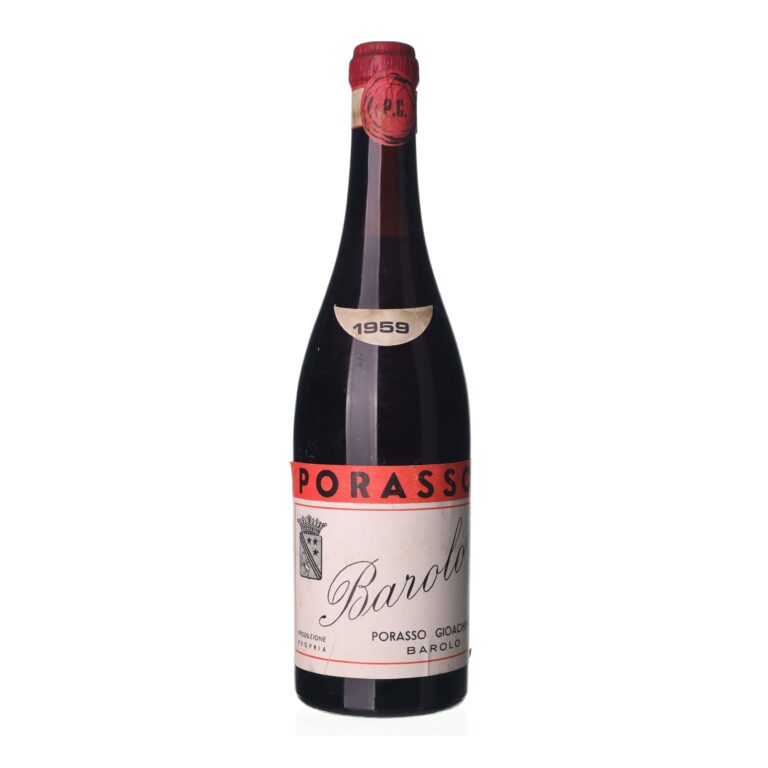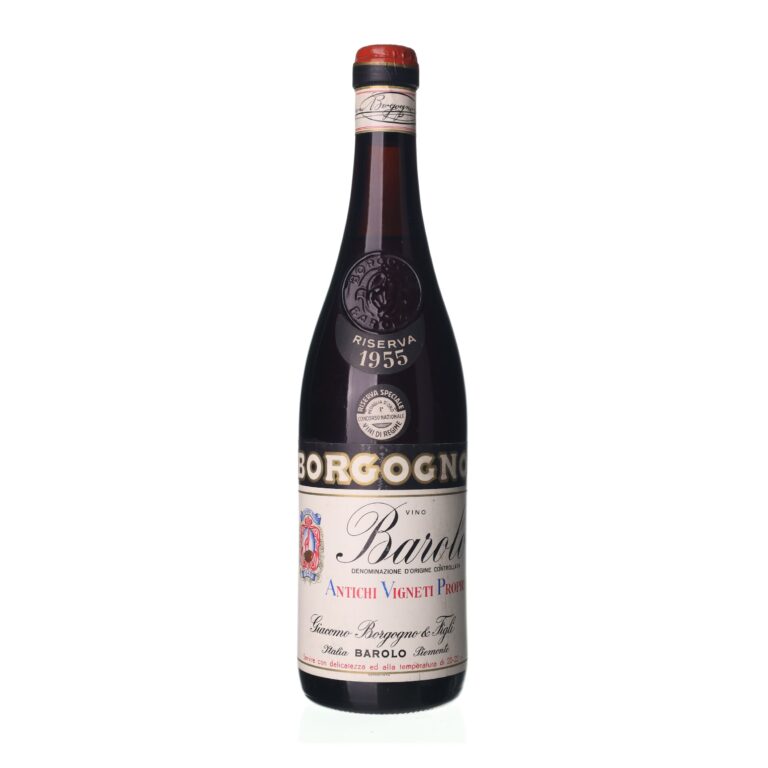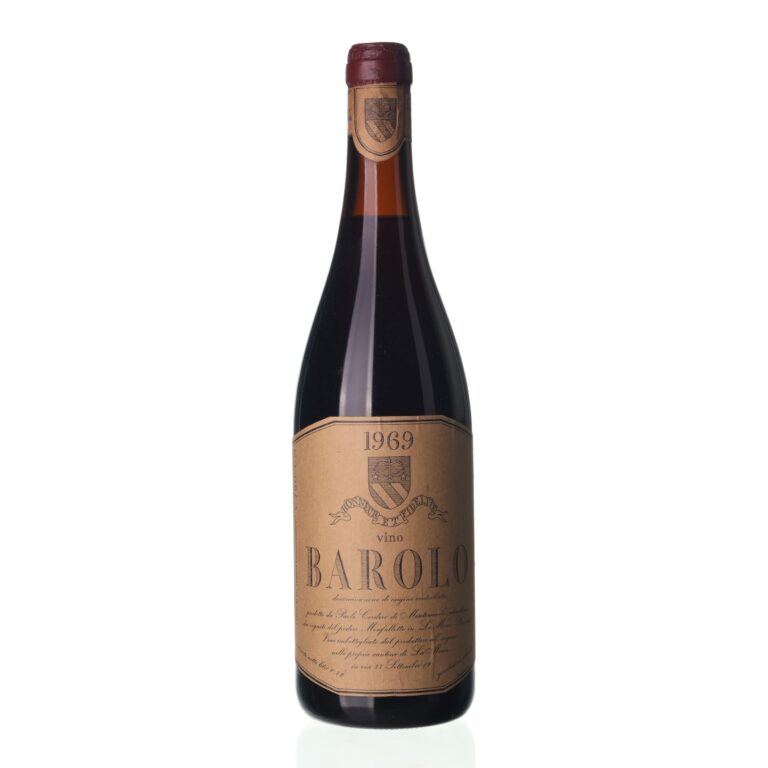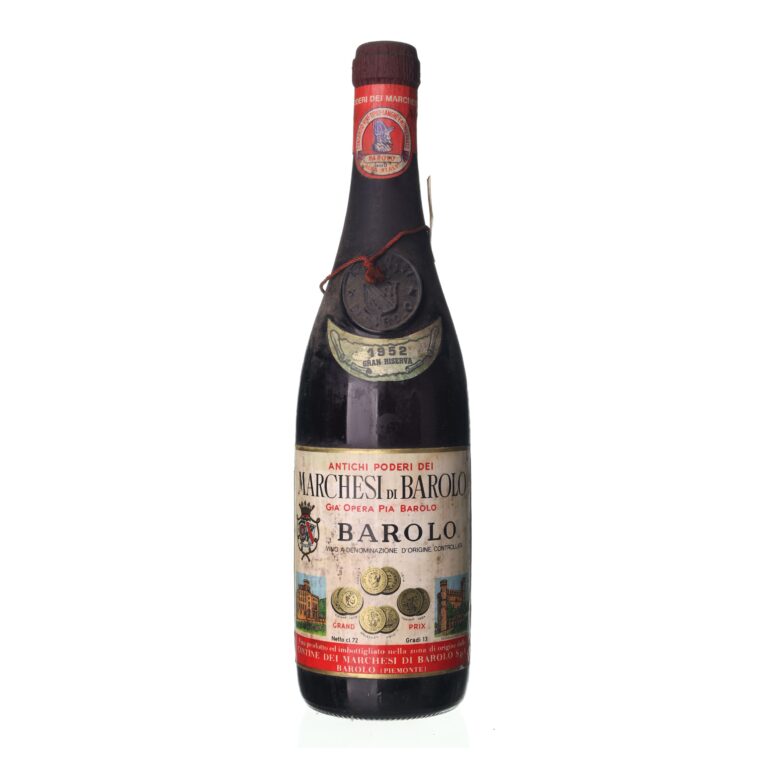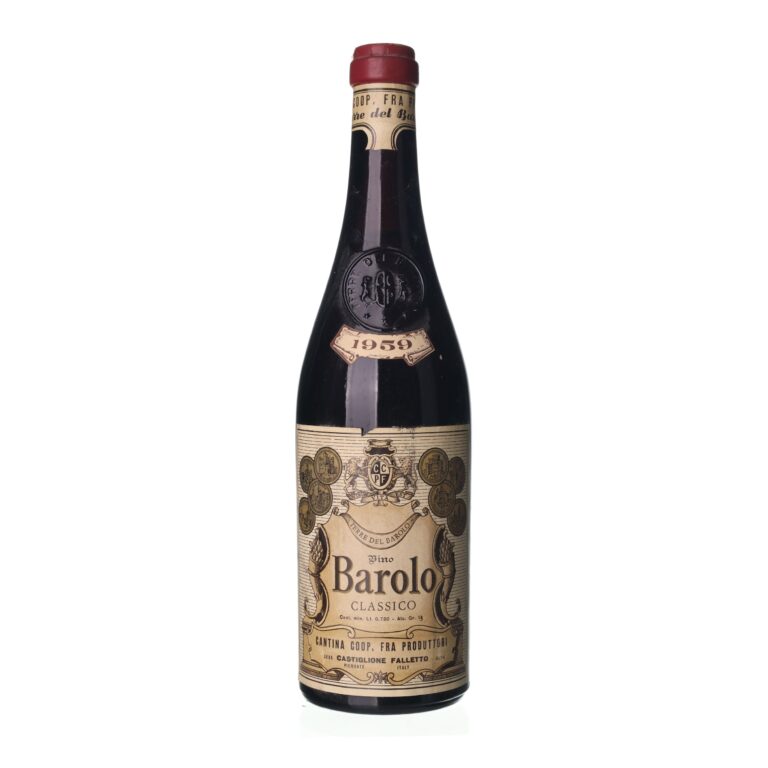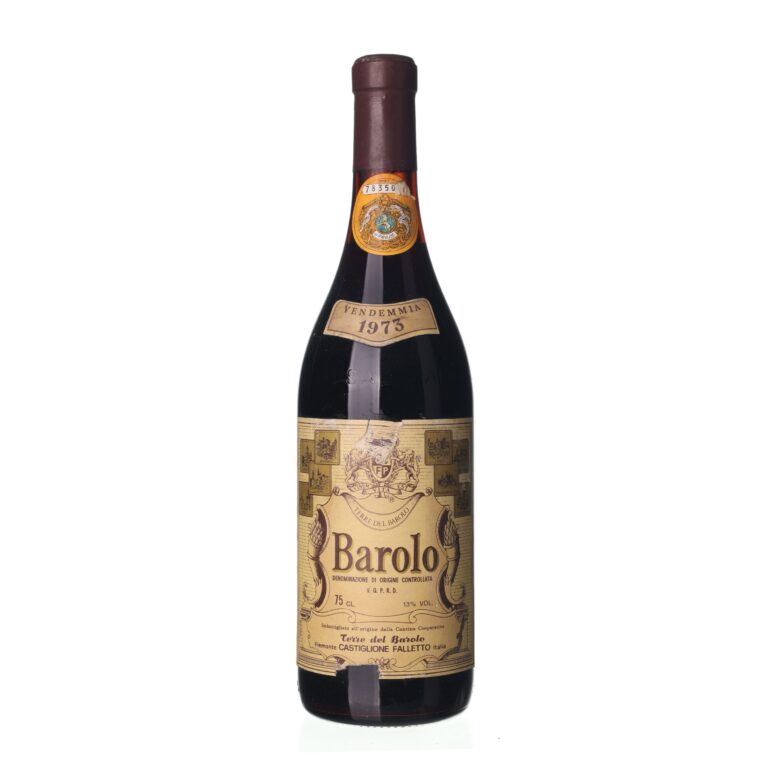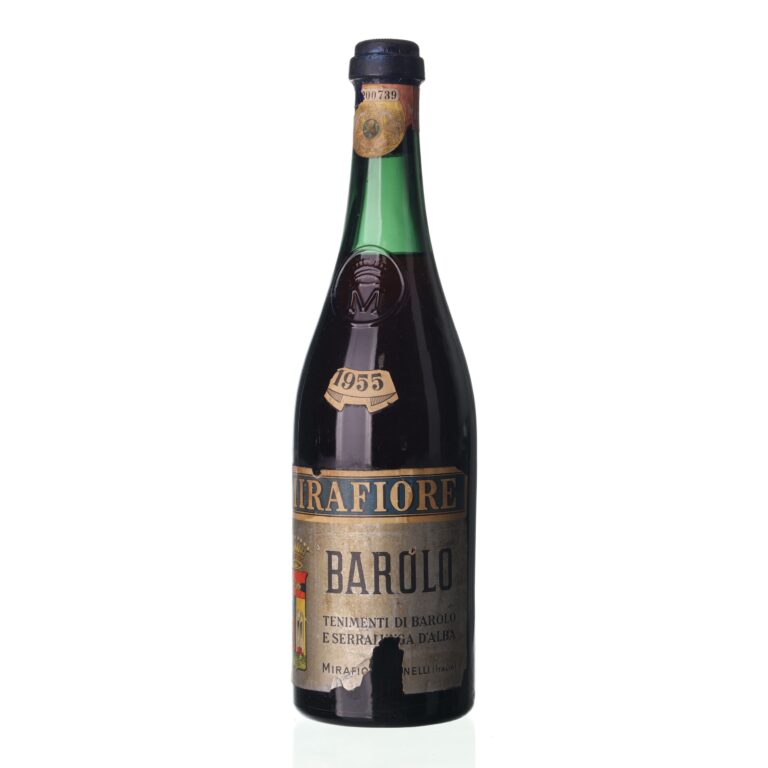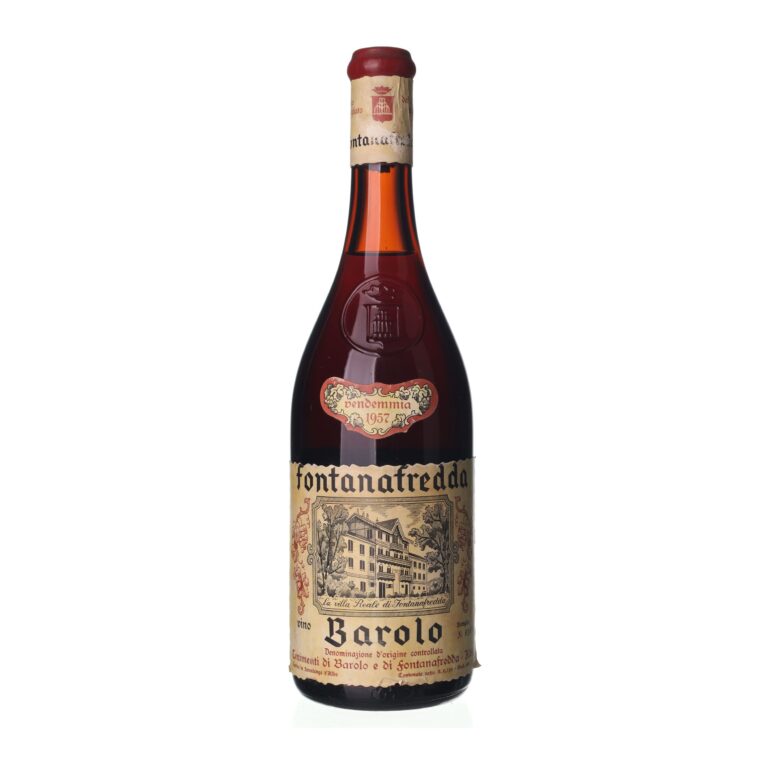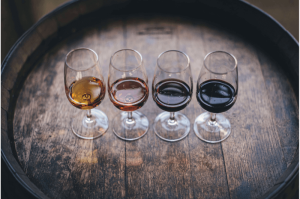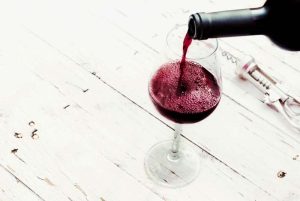Barolo, the King of Wines, Will Sweep You Off Your Feet
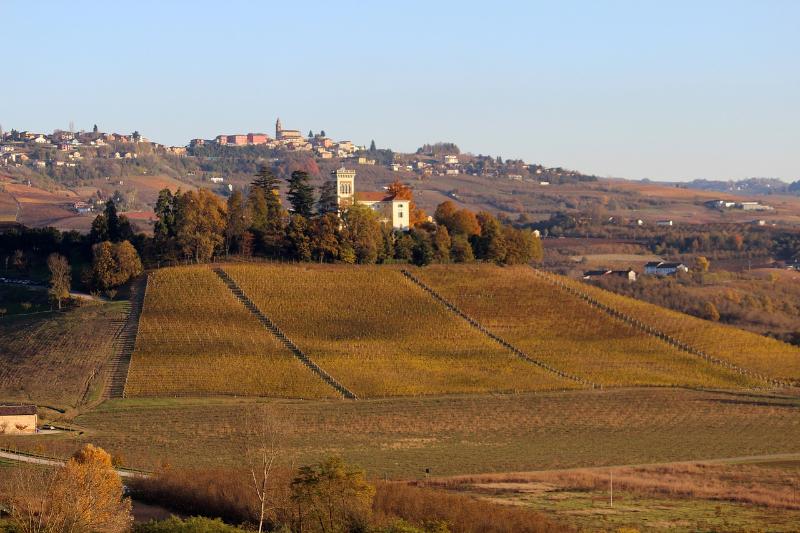
This dry wine from the Barolo zone in Northern Italy is often described as one of Italy’s greatest wines—it has rightfully earned the nickname rei di vini, the king of wines. It is made of the Nebbiolo grape, which lends it a unique flavor, earning the wines from the Langhe region a registered designation of origin.
How It All Began
When Paolo Francesco Staglieno was putting together a winemaking manual for Camillo Benso in the early 19th century, little did he know that one day he would be considered the father of one of the most renowned wines in the world.
By inviting him to his vineyard, Benso hoped that Staglieno would help increase the quality and stability of his wine, which would make it suitable for export. His wishes were granted, and a by-product of the improved winemaking process was that Barolo—once a sweet wine—became a dry wine. This change did not deter consumers, and Barolo soon became widely popular, even in the high circles of aristocracy.
The House of Savoy, at the time ruling over the entire Piedmont region including the capital of Turin, became quite enchanted with this wine, earning it the nickname “wine of kings,” and “king of wines.” Over time, the trade value of the product further increased, which attracted merchants, who bought Barolo in high quantities and established new wineries.
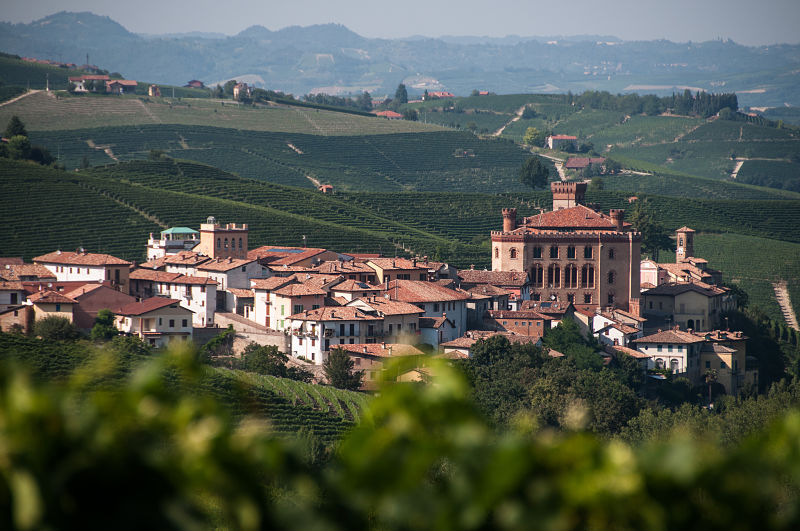
Events came to a head in about 1960 with the “Barolo wars,” when individual producers started a tug-of-war over whose Barolo was more authentic. While one group sped up the production process, including maceration, the other group—the traditionalists—blended in other grape varieties to add color, softness, and fruitiness. The gap between the “traditional” and “modern” winemakers widened considerably, until a 2015 change in legislature, which introduced stricter controls and a compulsory use of some modern winemaking equipment.
Making Wine Is No Picnic
While the introduction of stricter hygiene controls and technological guidelines reduced the use of traditional winemaking methods, the unique character of Barolo wine remains unchanged. The Nebbiolo grape has pyramidal bunches with small berries. The most famous Nebbiolo grapes are grown in the Langhe winemaking zone.
The Nebbiolo grape is harvested in mid-October, and it is then that the art of winemaking can truly begin. During fermentation, the temperature is strictly controlled. Maceration times differ, based on individual winemaker’s preferences, and last anywhere between seven and thirty days. What makes Barolo a truly exceptional wine, however, is the required minimum of three years for maturation, including eighteen months in oak barrels.
Flavor is Key
If you are partial to powerful, more robust wines with strong tannins, you have just found your favorite. A typical Barolo boasts an aroma of violets, chocolate, and dry plums; it is full-bodied, with a longer finish, and is perfect for pairing with heavy dishes and meats. Its full body does not diminish its elegance and Italian finesse. These characteristics lend some wines from this region a great aging potential and can be very rewarding for patient wine enthusiasts.
Select wines. In your email.
once every month. You can look forward to our recommendations, interesting content, and great offers for your archive for your archive.
By sending an email you agree to the Terms and Conditions for Protection of Personal Data


